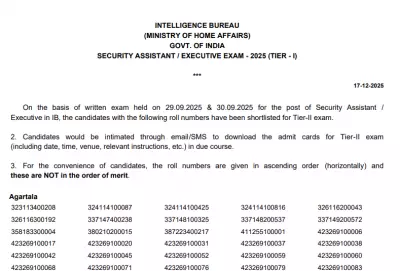
Have you ever wondered why some candidates ace interviews while others with similar qualifications struggle? The answer might lie in a powerful communication principle that's currently taking LinkedIn by storm.
Entrepreneur and content creator Ankur Warikoo recently shared insights about the 7-38-55 rule that has gone viral, accumulating over 14,000 reactions and numerous comments from professionals who found it transformative.
What Exactly is the 7-38-55 Rule?
This fascinating communication model breaks down how we process information during emotional conversations:
- 7% of communication comes from the actual words you speak
- 38% of communication is derived from your tone of voice
- 55% of communication is interpreted through your body language
Warikoo emphasizes that while this rule applies specifically to emotionally charged situations, job interviews definitely qualify as high-stakes conversations where emotions run high.
Why This Matters for Your Next Career Move
Most candidates spend 90% of their interview preparation time perfecting their answers—the 7% that deals with words. Meanwhile, they largely ignore the remaining 93% that comprises tone and body language.
"We spend all our time preparing for the 7% and completely ignore the 93%," Warikoo noted in his viral post.
Practical Applications for Job Seekers
Here's how you can apply this wisdom to your advantage:
- Practice your delivery, not just your answers. Record yourself answering common questions to evaluate your tone
- Maintain positive body language including eye contact, confident posture, and natural gestures
- Manage interview anxiety through breathing exercises to maintain a calm, authoritative tone
- Film mock interviews to identify unconscious negative body language habits
The overwhelming response to Warikoo's post confirms that professionals are hungry for this type of practical, psychological insight into the interview process.
One commenter perfectly captured the sentiment many expressed: "This is such an important aspect which most of us ignore during interviews."
As job markets become increasingly competitive, understanding these subtle communication dynamics might just give you the edge you need to land your dream position.





